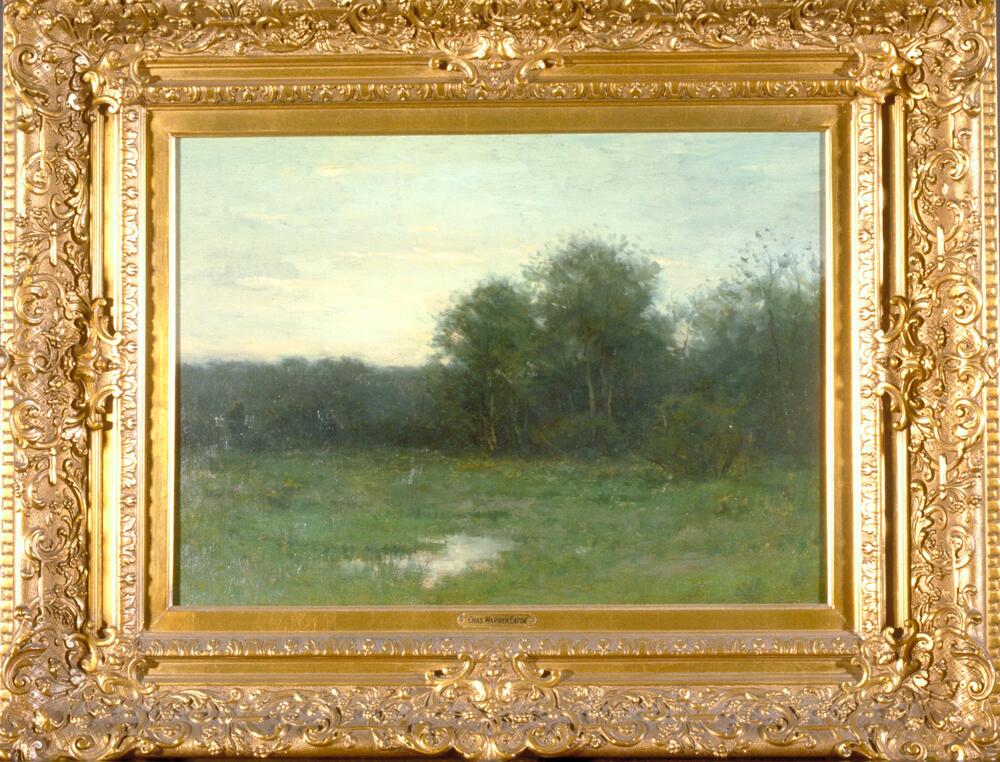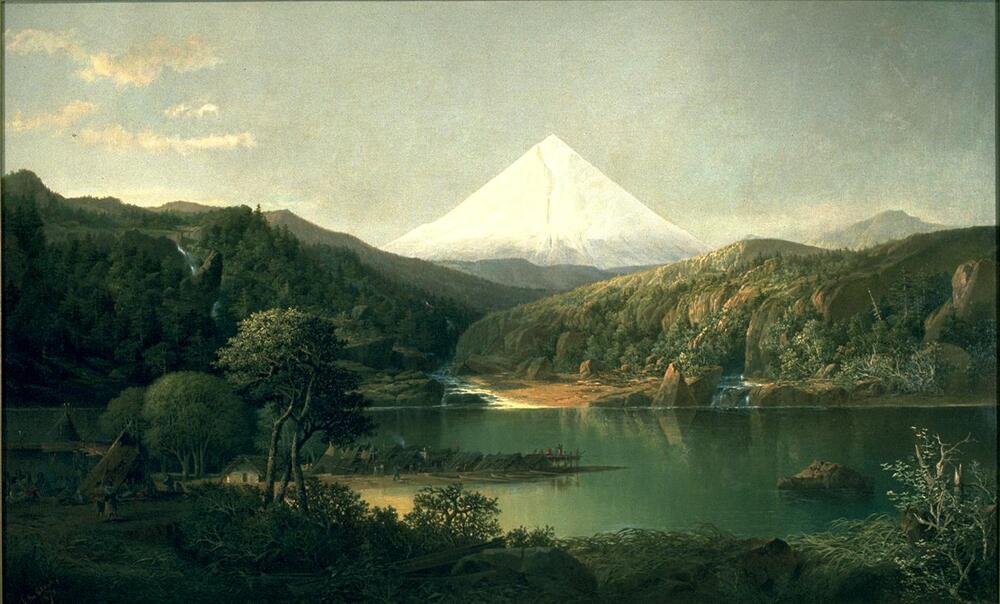Writing Activity: Six Room Image Poem
Using landscape to create a sensory poem
Teachers and docents find that writing with art is an exciting, productive activity. Whether you are in a museum or a classroom, the following ideas and prompts can be springboards to writing for many purposes.
Engagement Strategies: Imagine a place that you love. Sometimes a good book can transport you to a place that seems very real in your mind. As writers, we all dream of being able to do that. The writer probably used a lot of sensory details to make that place (setting) come alive in your reader’s imagination. Most of us tend to tell the reader what to SEE, rather than create an image (mind picture) for the reader by tapping into the other senses.
Questions / Activities:
- This exercise is called a 6 Room Poem. The poet Rilke once compared writing poetry to "venturing into hitherto unexplained rooms." This exercise helps us remember to use all of our senses as we write so that our writer will be transported.
- Divide a paper into 6 squares, or “rooms”. In the first room, describe what you see in the painting. In Room 2, look at the same place but just focus on the light. For example: Is the sun bright? Are there shadows? What about color? In Room 3, write about the same image, but focus on sound. Are there any voices? Is there a rustling of leaves? If it's silence, how would you describe that silence? In Room 4, write down any questions you have about the image. What do you want to know more about? What are you wondering? In Room 5, write down any feelings you have about this image. Finally in Room 6, look over the other five rooms and select one word, phrase, or line you've written that seems important and repeat it three times.
Adaptations:
-If you choose to use this writing as a poem later, you can experiment with line breaks, adding and subtracting words, etc.
-If you are working on a story that has a specific setting, go back to that writing and use this exercise to make the images stronger.
-This exercise can be done without anything to look at. Have students close their eyes and imagine a place of importance to them. This place can have a happy, lonely or frightening memory attached to it.
Part of 2 Learning Collections
<p>Using art to gather information, summarize, para...
<p>Using portraits to describe a narrator's point o...
<p>Using a still life or landscape to write descrip...
<p>Writing a gripping lead and subsequent narrative...
<p>Using portraits and free writing to unlock emoti...
Created For
K-12 EducatorK-12 Student
Museum Visitor
UMMA Docent
UMMA Staff
University Faculty
University Student
Rate this Resource
AVG: 0 | Ratings: 0
& Author Notes
Creative Commons by-nc-saLast Updated
May 18, 2017 1:56 p.m.Report
Reporting Policy



